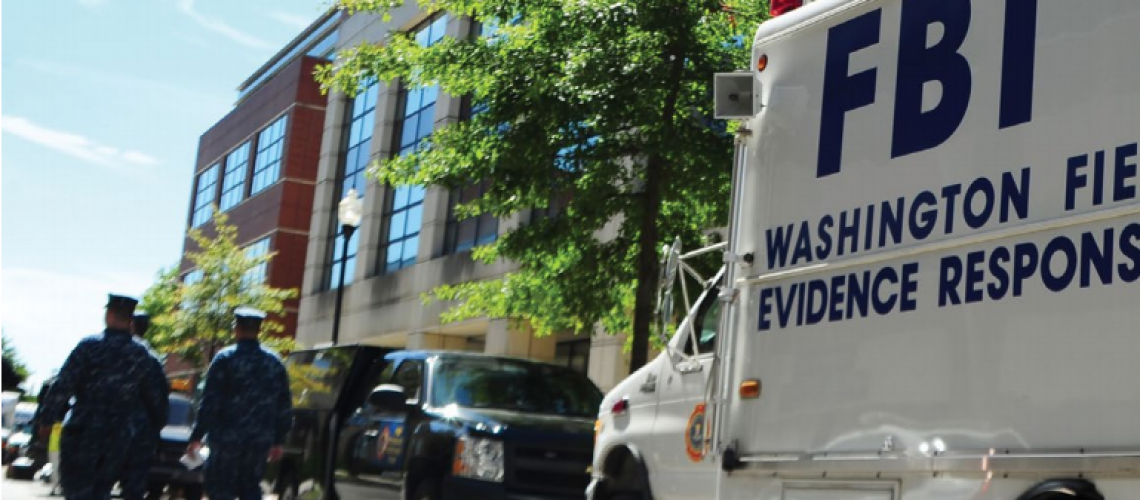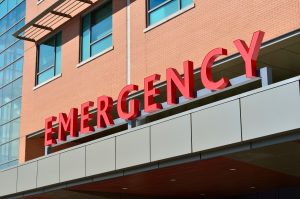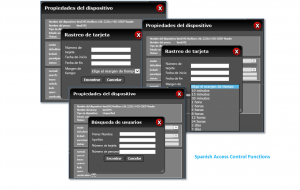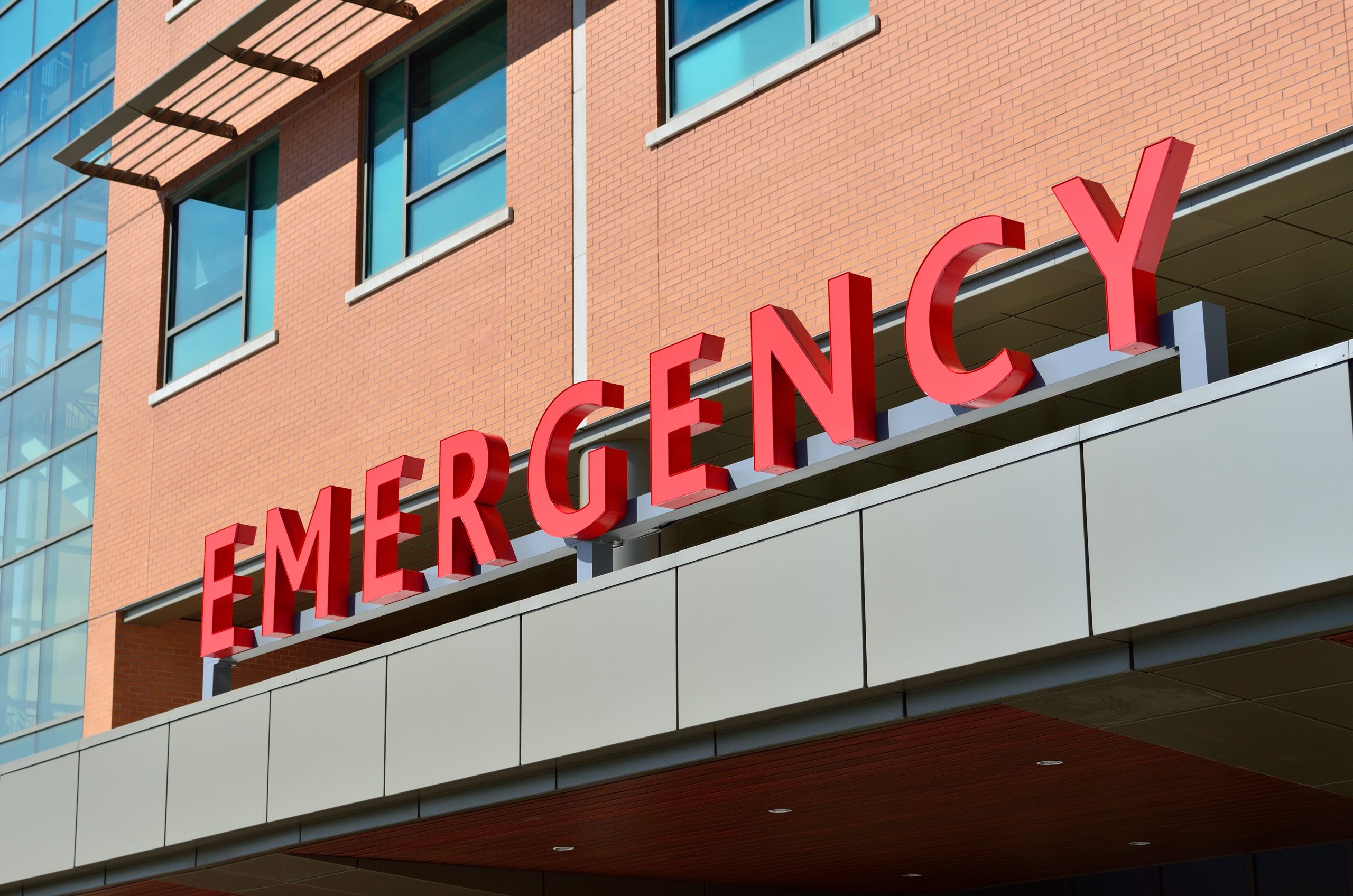Active shooters are a critical threat facing businesses and communities across the country. According to a study by the FBI, commercial facilities accounted for nearly half of the 160 active shooter incidents studied. Educational facilities were targeted 25 percent of the time, and government facilities were targeted 10 percent of the time. It’s critical that all organizations understand how to better prepare and respond to active shooter incidents.
Resolving an emergency situation often depends on effective communication and coordination among multiple sources, including:
- Collecting sensor data from multiple vantage points,
- Correlating that information, and then
- Disseminating those insights to responding parties.
In the case of a shooter incident, quickly analyzing and responding to the data available is critical to protecting as many people as possible. Establishing a platform for interoperability that enables security personnel and responders to correlate data efficiently and communicate effectively can be the difference between life and death.
Data is Key to Handling an Active Shooter Event
While big data is often talked about as it pertains to cyber security, it rarely comes up when discussing physical security. We believe that data is the source of all effective security and have built our entire platform around collecting and interpreting data to detect meaningful streams of information out of the noise.
Unusual or unexpected activity is typically the first warning sign of a dangerous event. Software tools are able to identify patterns that are unusual on any monitoring or sensor device by collecting data from disparate sensors, devices, systems and subsystems and flagging these as potential risks. This data can then be filtered through a dynamic, real-time data visualization and presentation layer in order to better mitigate active shooter events.
GIS Information
Using data, Geographic Information Systems (GIS) allow responders to view an information map where an event is occurring while simultaneously monitoring patterns that allow better proactive and real-time security responses. In the case of an active shooter, a GIS platform provides a map and floorplan of the building, identifying key entry points for responders and can also aid in identifying the movement of the shooter within the building – allowing security teams and law enforcement to make informed decisions before taking action.
Importance of Video
Live video feeds are critical when dealing with an active shooter, as they provide a visual tracking tool to determine important details about the incident. From the moment an alarm is triggered, live and recorded video feeds from cameras located closest to the alarm site can be automatically displayed. The video feeds provide information about how many active participants are involved, safe entry points into the building, and the location of potentially wounded individuals within the building.
Social Media Chatter
Social media has become one of the first places law enforcement turns following a violent incident. Oftentimes social media profiles can reveal red flags, such as aggressive or suicidal comments, angry tirades, and threatening direction of interest. In an active shooter situation, social media can also help law enforcement assess whether other parties are involved in the attack and if more locations are being targeted. In addition, social media chatter helps identify shooters and locations through victims or witnesses sending information out in hopes of being rescued.
Access Control / Identity Management System
The more secure a building is, the more hurdles a shooter has to overcome to enter. Property Management companies and their building managers need to join the conversation regarding their role in deterring potential shooters. For example, Property Management companies can work against active shooter attacks through the provision of a robust access control system. From the most basic level of entry authentication to higher-security systems that can track where employees and visitors are within a building and restrict certain areas to only specific levels of personnel, any level of access control is a positive step in deterring shooters. These systems can also allow for the lockdown of entrances and exits within a building during an active shooter situation. An equally important tool is an identity management system for photo comparison. These systems can be combined with other software tools to analyze camera footage to help public safety officials identify the shooter(s).
Emergency Notification Systems and Mobile Communications
Mobile phones are the quickest and most effective way to reach large groups of people, in three primary ways:
- Organizations can use an emergency notification system to notify specific groups that an incident is occurring, which way is the safest route to exit the building, and to also receive response notifications from affected personnel.
- First responders are able to provide real-time communication about the present situation.
- Law enforcement can determine the safest location for medics and first responders to enter the building to treat victims.
Panic Alarm Monitoring
Many organizations benefit from strategically placed panic buttons or silent alarms, which provide an immediate indication of where an incident is occurring within the building. More advanced panic alarms are automatically triggered when integrated sensors identify gunshots. Software tools can then automatically present the closest cameras to that location, activate the video surveillance system to begin filming the area where the alarm has sounded, and immediately notify both the closest security officer in the vicinity and local law enforcement of the location.
Integrated Security as a Solution
Despite the fear that surrounds active shooter events, organizations have many options when it comes to keeping their workers, students, shoppers, and visitors safe. Having multiple security sensors in place is a positive first step, but a fully integrated security solution will not only allow first responders to have the most important information as quickly as possible, but it will also provide the ability to resolve an active shooter situation quickly, and hopefully safely, for all involved.
Next week at ISC West many discussions will focus on handling an active shooter in today’s growing threat environment. Active shooter attacks are an ever-present concern for citizens and organizations, and as a security company we are aware of our role in helping to mitigate these attacks. Vidsys software improves situational awareness and situation management and enhances public safety in a crisis. Want to learn more? Check out a demo of how our software works, here.






![Vidsys Enterprise 2020R2: improved video replay controls, auto reporting + more [release notes]](https://vidsys.com/wp-content/uploads/2020/05/Spanish-Access-Control-Functions.png)

